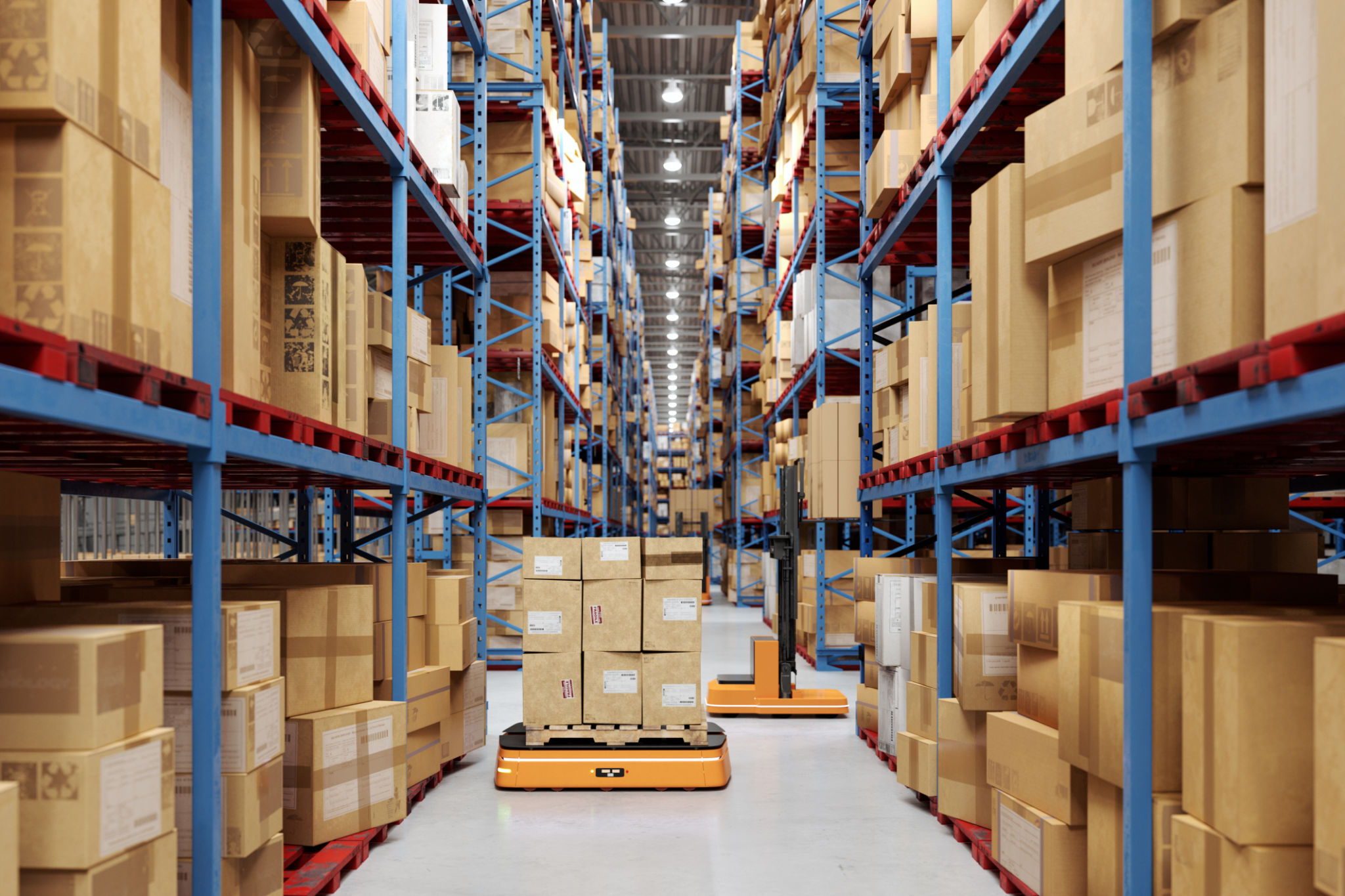Maximizing Construction Efficiency with Automation Solutions
Revolutionizing the Construction Industry with Automation
In recent years, the construction industry has witnessed a significant transformation as automation solutions become increasingly integrated into daily operations. These innovations promise not only to enhance productivity but also to improve safety, reduce costs, and ensure higher quality results. As firms strive to stay competitive, understanding how to maximize construction efficiency through automation is crucial.
Automation in construction encompasses a wide range of technologies, including robotics, 3D printing, drones, and artificial intelligence (AI). Each of these tools contributes uniquely to streamlining construction processes, minimizing human error, and accelerating project timelines.

Robotics: Transforming Labor-Intensive Tasks
Robotics is at the forefront of automating labor-intensive tasks in construction. From bricklaying robots to automated machinery for excavation and demolition, these technologies are reducing the need for manual labor while increasing precision and speed. By delegating repetitive and physically demanding tasks to robots, construction companies can allocate human resources to more strategic roles.
Another exciting development is the use of autonomous vehicles on construction sites. These vehicles can transport materials and equipment with minimal human intervention, further improving site safety and efficiency. The integration of robotics not only enhances productivity but also helps in addressing labor shortages that many construction firms face today.
3D Printing: Redefining Construction Possibilities
3D printing is revolutionizing the way structures are built by offering unprecedented design flexibility and reducing material waste. This technology enables the on-site production of building components, which can significantly cut down on transportation costs and time. With 3D printing, complex architectural designs that were once difficult to achieve are now possible.

Moreover, 3D printing allows for rapid prototyping and customization of building components, making it easier for architects and engineers to experiment with innovative designs. The environmental benefits are also noteworthy, as 3D printing reduces material wastage and supports sustainable construction practices.
Drones: Enhancing Site Management
Drones have become an invaluable tool for site management, offering high-resolution aerial imagery that helps project managers monitor progress, assess safety, and make informed decisions. These aerial perspectives allow for real-time data collection and analysis, ensuring that projects stay on schedule and within budget.
Furthermore, drones are instrumental in conducting site surveys and inspections, tasks that traditionally required significant time and manpower. By automating these processes, drones not only enhance efficiency but also improve safety by minimizing the need for workers to access hazardous areas.

Artificial Intelligence: Driving Data-Driven Decisions
Artificial intelligence plays a pivotal role in maximizing construction efficiency by analyzing vast amounts of data to optimize project planning and execution. AI algorithms can predict potential risks and provide actionable insights to mitigate them before they impact the project timeline or budget.
Additionally, AI-powered software solutions facilitate better collaboration among project stakeholders by streamlining communication and documentation processes. This ensures that everyone involved in the project has access to up-to-date information, reducing the likelihood of errors and misunderstandings.
Conclusion: Embracing a Future of Efficiency
The integration of automation solutions in construction is not just a trend but a necessity for companies aiming to stay competitive in a rapidly evolving industry. By leveraging technologies such as robotics, 3D printing, drones, and AI, construction firms can realize significant gains in efficiency, safety, and sustainability.
As these technologies continue to advance, the potential for further innovation in construction is boundless. Companies that embrace these changes today will be better positioned to lead the industry into a future defined by unprecedented efficiency and productivity.
